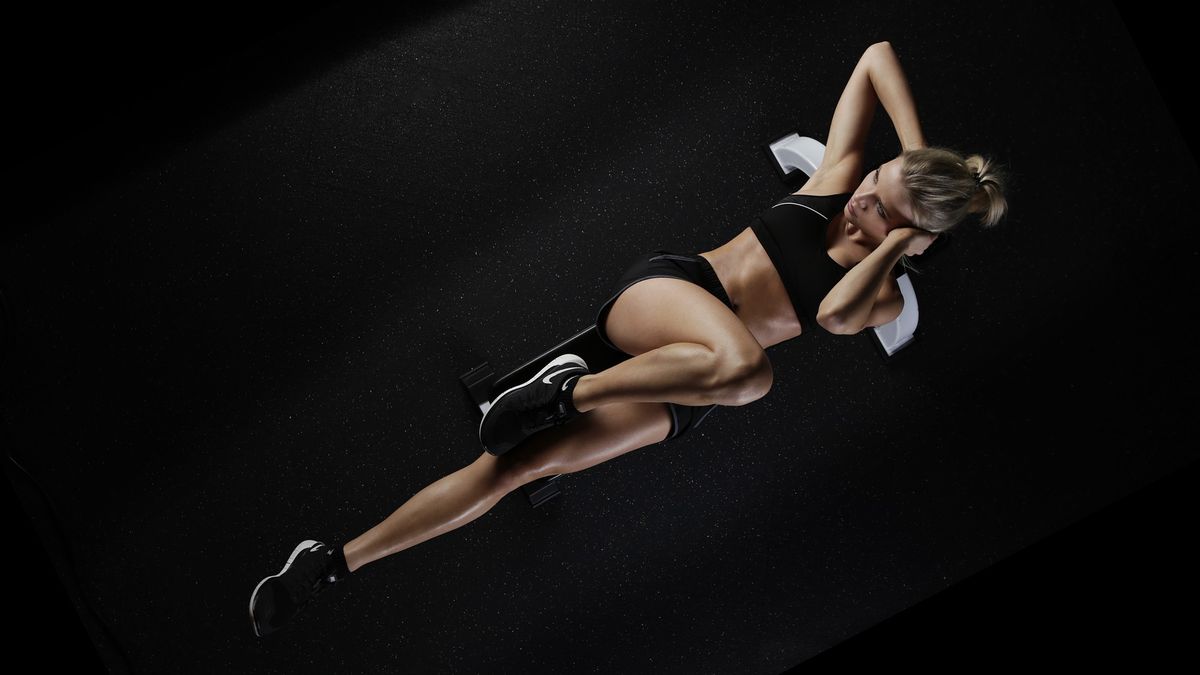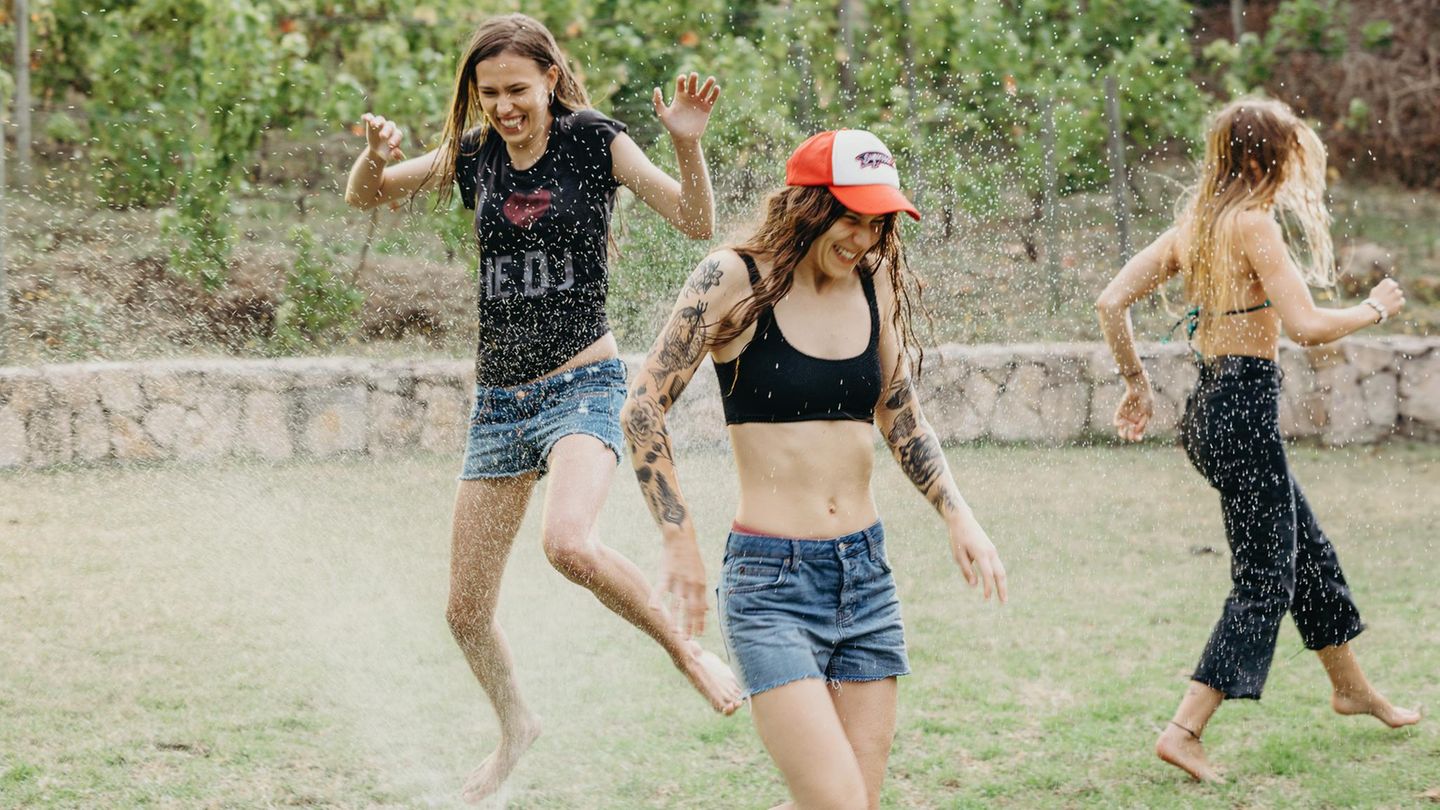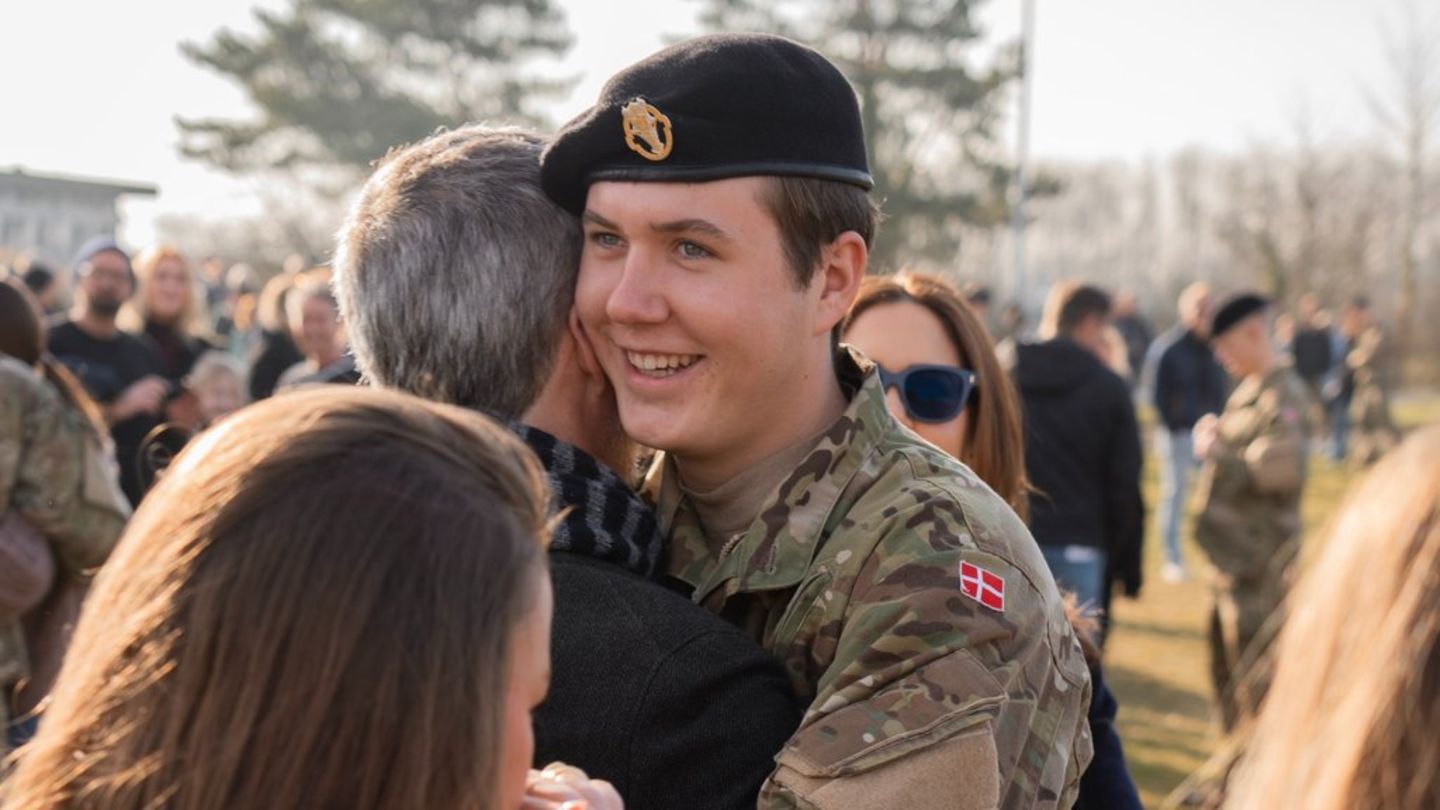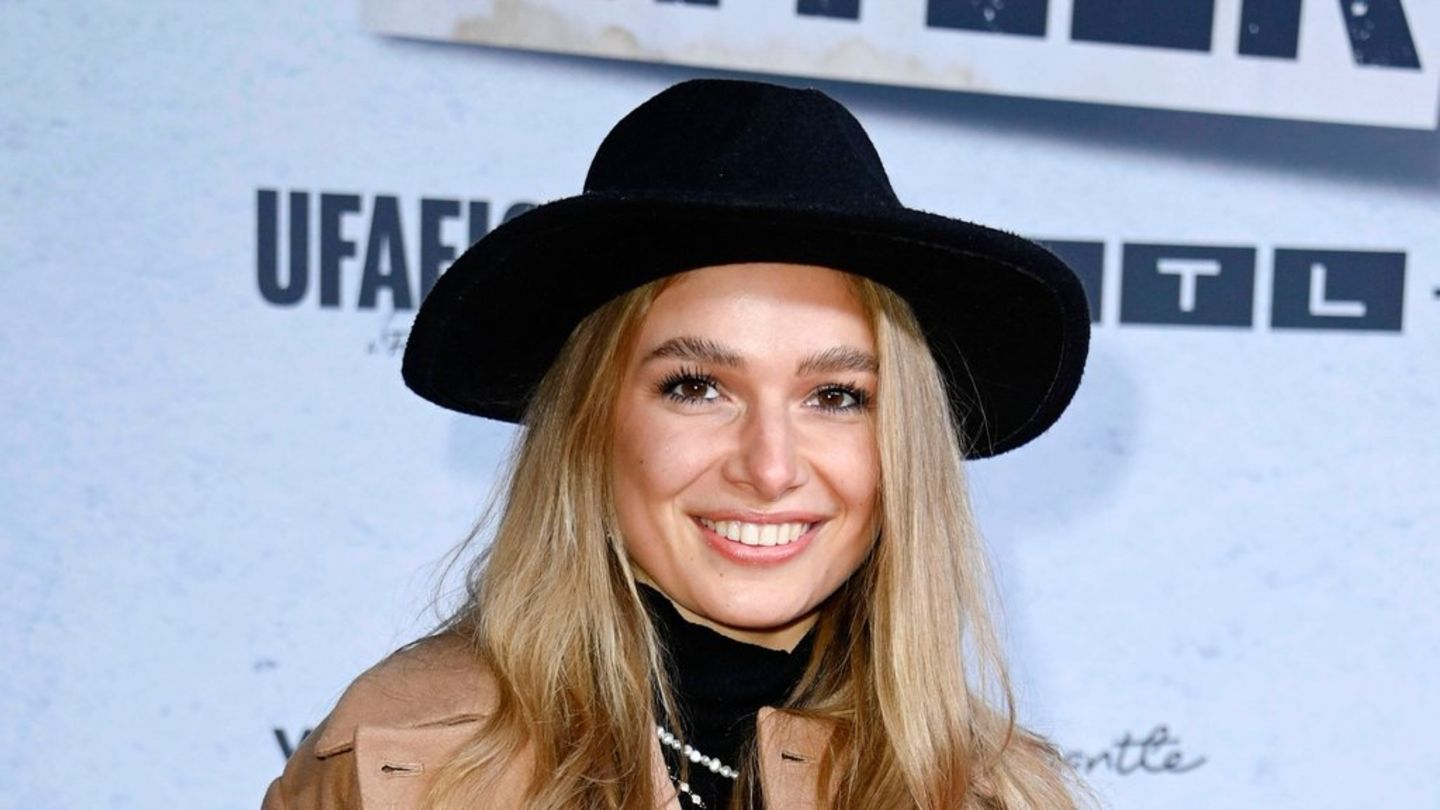“At Nike, our purpose is to promote physical activity in all people regardless of gender, age, or ethnic or cultural origin, since we believe that everyone who has a body can be an athlete. With this study we wanted to investigate what are the motivations, concerns and barriers that women and young people in Argentina perceive today for the practice of sport and physical activity, with the aim of generating the necessary changes to achieve a better future, both on and off the pitch” commented Mariana Iriarte Women’s Category Manager for Nike Southern Cone.
“From Nike we are going to continue working towards achieving equal and equitable access to sport.”
The results can be grouped into 5 marked emerging pillars:
1.- Argentine women want to stay active. This is not just sports and it is not just limited to the body: the study shows that “doing something” is a great value of the time, even more so after the impact of confinement and the pandemic. Physical activity is lived as a way to compensate for the loss of quality of life of the new normal. 68% of the women consulted relate sport to comprehensive well-being: it is not just about moving or burning calories, but it also includes the emotional state: it is having fun and having a good time. For 84% of those consulted, the main motivation for doing physical activity and sports is to feel and stay healthy, both physically and mentally.
In all the ages analyzed, it is important to feel good, although the idea of looking better in older generations also persists. They agree that physical activity and sport guarantee a constant search for health and well-being, knowledge and self-improvement. It serves them to tire the body and disconnect the head, to free themselves from what generates tension. The conditions of access and practicality are also important: being able to pay for it, being able to do it in a place where one feels comfortable and safe is also relevant.
2.- Physical activity begins as an obligation, but the options are limited: the first contact of women with sport is usually born from the school curriculum or from parents to stay active, however, the options to do so are limited to those considered socially appropriate “for girls”, which just top the list of the most abandoned activities. It is after a process of personal exploration of other activities that women discover a range of alternatives to activate the body and mind. Physical activity is seen as a necessary break, a mental and emotional escape, compensation for the stresses of everyday life (sedentary lifestyle, work, family, etc.). Group activities are highly valued, however, when women grow up, their lifestyle changes and other priorities arise that make it impossible to maintain the practice of sport as they would like. Physical activity becomes a more personal and individual need.
3.- The lack of structure and discrimination make it difficult for women to participate in sports considered masculine: there is a great difference in the adoption of sports traditionally considered masculine versus other physical activities. This is so in part because of the barriers that women encounter in accessing adequate supplies, spaces and equipment. In addition to access barriers, the existence of stereotypes and prejudices are also mentioned impediments. Others are the masculinization of certain practice environments and the inequality of resources. There is still a lot of work to be done to equalize opportunities for women and make sport an equal platform.
4.- It is essential that there are female role models in all sports, because they inspire others to practice them: another of the barriers that hinder the adoption of traditionally male sports is the lack of outstanding role models that show that it is possible to reach the top by being woman and thus inspire the younger generation to get involved. For 30% of those consulted, the main referent is a well-known person, friend or family member, but nearly half state that they do not have any referents, mainly due to lack of visibility and popular recognition. Beyond the sports references, the women interviewed state that they prefer close, credible and authentic references, versus ideal but unattainable profiles. They doubt the real interests and disbelieve the commercial intentions of some influencers: they value success, but also vulnerability, courage, effort, transparency, the closeness that makes them human and credible. They look for real people and brands with a cause, where what they say matters, but much more what they do.
5.- Physical activity is highly valued, but there are barriers to transforming it into a routine: the main difficulty in carrying out physical activities often has to do with lack of time and chores that generally fall to women, such as caring for children. sons. This barrier increases as the age of the interviewees increases. 63% of women between 14 and 24 years old argue that lack of time, perseverance and daily chores are a barrier, while this value rises to 74% for women between 25 and 35 years old.
Source: Ambito
David William is a talented author who has made a name for himself in the world of writing. He is a professional author who writes on a wide range of topics, from general interest to opinion news. David is currently working as a writer at 24 hours worlds where he brings his unique perspective and in-depth research to his articles, making them both informative and engaging.




